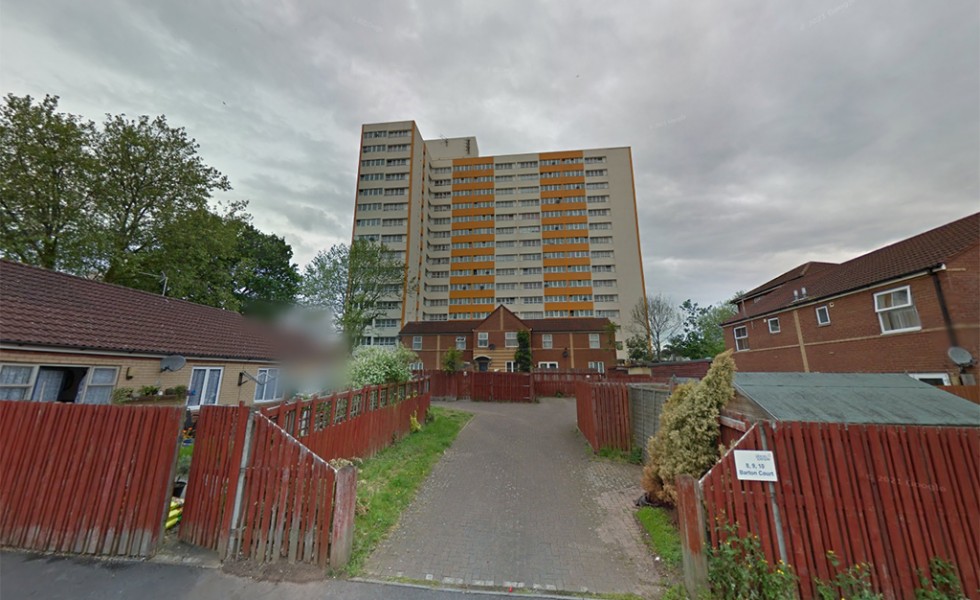Regulator to investigate blocks built with large panel systems
26/1/24
The safety watchdog will urgently look at large panel system (LPS) buildings as part of its new inspection regime, Construction News has learned.
A Building Safety Regulator (BSR) spokesperson said it would prioritise assessments of LPS buildings built between 1957 and 1973 "which cannot confirm remediation work has been carried out and have [piped] gas systems/networks", as well as aluminium composite material-clad buildings similar to those installed at Grenfell Tower, which was destroyed by fire in 2017, killing 72 people.
The BSR also confirmed to CN that the new regime only applies to LPS buildings that are 18 metres in height or taller, or structures with at least seven storeys.
In a written parliamentary answer on 6 December, housing minister Lee Rowley said that the BSR was implementing a new safety-case regime "which all occupied 'higher-risk buildings', including all blocks of flats more than 18 metres, will be subject to".
Rowley added that data from the new regime "will provide the regulator with more information about the prevalence and current condition of LPS buildings".
LPS was a common construction method for high-rise housing blocks built in the 1950s and 1960s. Safety concerns centre on the risk of a gas explosion causing a progressive collapse (as at Ronan Point in 1968) or gaps in LPS structures posing a fire risk.
Steve Cross, partner at construction consultancy Ridge and Partners, warned that it was "essential" for piped gas to be removed from LPS buildings.
"Management systems need to be in place to avoid bottled gas being brought into the buildings," he told CN. "We have surveyed many buildings where they are inadequately tied or braced, where reinforcement is inadequate or where the concrete is not of suitable quality."
Cross said he expects contractors to face a "significant potential workload" in terms of intrusive survey work, 'gas-out' projects and the re-provision of heating for residents.
Structural strengthening and associated refurbishment will also be part of their focus, along with "deconstruction" and regeneration of cleared sites, he added.
Some LPS buildings may not fit the official 18-metre higher-risk definition. Lena Barnes, senior solicitor in the construction and engineering team at law firm Devonshires, said: "Irrespective of height, in the absence of sufficient records, all LPS buildings should be inspected by suitably qualified experts, and the sharing of this information would ascertain whether or not the new regime within the BSA [Building Safety Act 2022] contains suitable provisions."
Source; Construction News

